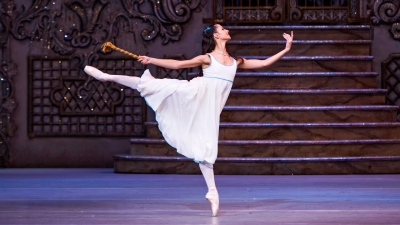
It’s generally agreed that ballet began as a formalized court dance that originated in 15th-century western Europe, first in Italy, then, as Italian nobles and French nobles married, spread to the French courts. Catherine de Medici was an early supporter of the dance and funded early ballet companies in the court of her husband, King Henry II of France.
In the 19th century, ballet migrated to Russia, giving us classics like “The Nutcracker,” “Sleeping Beauty” and “Swan Lake.” The Russians also contributed importantly to the evolution of ballet technique and with that the dominance of highly skilled female ballet dancers or ballerinas.
Defining ballet, on the other hand, is difficult unless one creates a definition that emphasizes its history rather than a specific choreographic vocabulary. What we know as ballet today, which is the neoclassical ballet pioneered by Balanchine, involves dance techniques that bear only the remotest resemblance to the dances that evolved as “ballet” in the Italian and French courts.
In the 21st-century, important ballet choreographers now incorporate techniques from various “non-balletic” sources. But, although defining it may be difficult, somehow we have a reliable understanding of what is ballet and what is not when we actually see it being danced.
Picture Credit : Google

